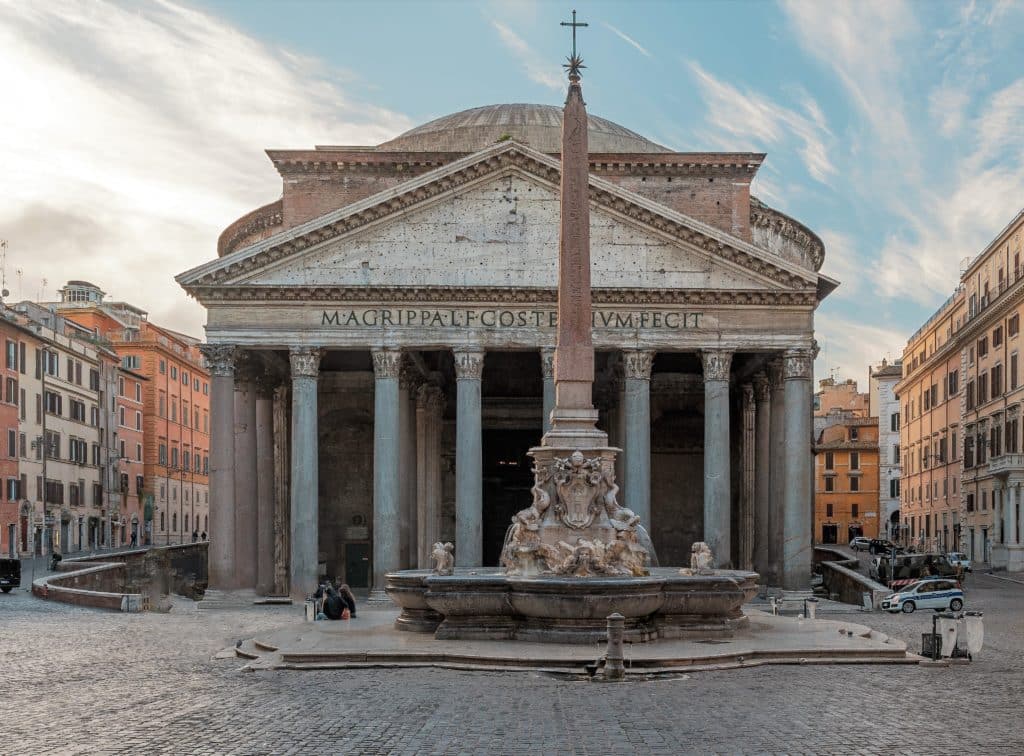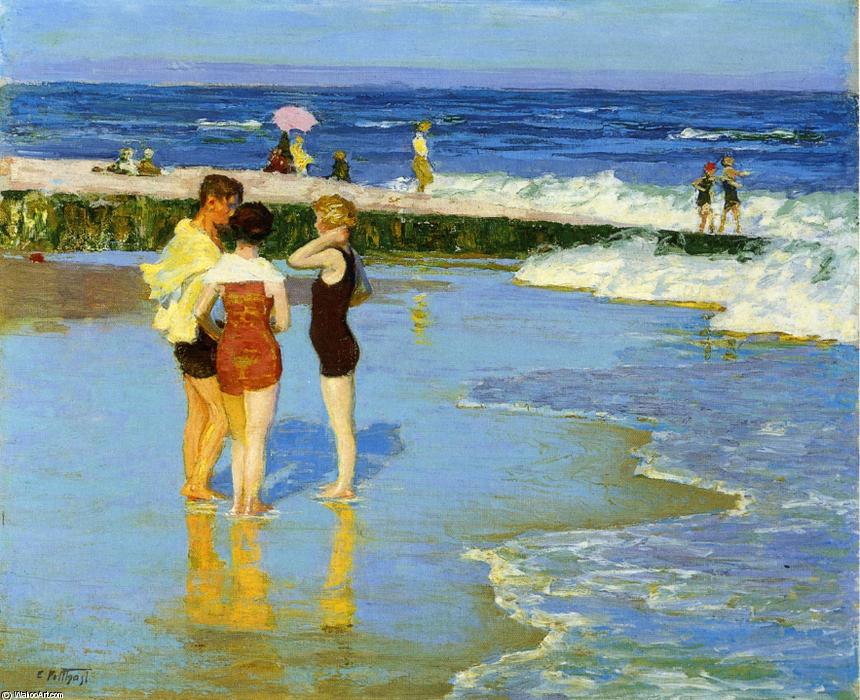
Educating in (and into) Freedom
A student once confided to me during recess that he was planning to leave our small classical school at the end of the year. He was one of my favorite students—not by any means the best-behaved, or one who always did his homework diligently or on-time; but rather one who by disposition was inclined to think deeply about what caught his attention, and not to be satisfied with superficial answers. He was, I thought, the sort of student who could benefit from a classical education, if only he were convinced of its importance.
Later in the day, he brought up the subject again in one of my classes. It turns out that he was frustrated by the work he was being asked to do at school, not understanding its purpose. “Why do we have to do one drawing a week for art class, for example?” he asked. I reflected for a moment, then said: “It’s not just about the drawing you produce each week. Art—particularly the art of drawing—teaches us how to see and observe the world closely, with attention.” This explanation, rather simple and off-the-cuff, appeared to take him aback. He hadn’t yet realized that his drawing assignments had a purpose beyond the artifact itself and checking the box “assignment done.” In the end, in part because of my intervention, the student decided to stay at the school another year: a small but not insignificant success story.
After spending several years teaching in a classical school, I came to see this student’s predicament as emblematic of the challenge faced by classical education. What passes for education in conventional terms has the force of ‘normalcy,’ and the persuasive power of state funding, legal compulsion, institutional momentum, and college admissions offices that already understand it. Classical educators, precisely by stepping outside of what’s considered ‘normal’ education, are in the difficult position of constantly having to justify their alternative approach. It is often out of the mouths of our students themselves that we hear the sharp and existential challenge that society at large poses to classical education: “Why should I do this?”
How do we answer this question?
Our answer, I contend, depends less on a specific verbal formula than on responding from a spirit of inner freedom. This may seem like a strange way of thinking. However, the traditional goal of a liberal education—in other words, an education as classically conceived by the Greco-Roman and Judeo-Christian traditions—is to create free human beings. On the seal of my alma mater, St John’s College, is the motto Facio liberos ex liberis libris libraque (“I make free persons out of children by means of books and a measure”). This is a concise statement of the means and goal of a classical liberal arts education.
We cannot make our students free unless we are free ourselves. If we attempt to justify the classical endeavor by parroting what our administrators tell us or something we read somewhere by a supposed expert, we will not be responding to our students out of freedom. We may have correct opinions, but this is not yet real freedom, because our knowledge is mixed with personal ignorance or a vague sense of duty. Students have a great ability to detect insincerity or external compulsion in the tone of our words, gestures, and expressions. I have been in the position of having to justify educational practices I did not really understand or agree with. Usually, the results were dismal, because I could not muster the free inner conviction to speak in a persuasive way.
How do we as educators attain this inner freedom? One could say much here, so I will have to leave much unsaid as I strive for brevity over comprehensiveness. The answer is made difficult by the confusion surrounding the word freedom in our society. Most consider it to mean simply ‘an abundance of options.’ A more ancient view, however, connects freedom intimately with true knowledge. Christ tells us, “You shall know the truth, and the truth shall make you free” (Gospel of John, 8:32). This knowledge may change nothing about our external circumstances—but in being free from illusions, the soul naturally moves toward the Truth it loves by nature.
Plato agrees with Christ on the relation between knowledge and freedom. In his Allegory of the Cave, it is those who have been liberated from their shackles who are able to free others: and their freedom consists in understanding the source of the images which appear on the walls of the cave (Republic 514a ff). In other words, it is knowledge of the Real that frees the soul from bondage to illusion. Such a person, no matter how few external options they may have, possesses a spirit of inner freedom that no one can take from them. And, as Socrates tells us, it is incumbent on those who are free to free others. This is the whole telos or goal of education.
This is certainly a tall order, and anyone who claims to have arrived at a state of inner freedom probably ought to be viewed with skepticism. However, to set out on the path is the most significant step. Perhaps the best beginning we could make would be to read and reflect on the words of Christ in John’s Gospel, quoted above, and Plato’s Allegory of the Cave. These two sources, representing the best of Athens and Jerusalem, are like seeds that, when germinated in our souls, can grow into a freedom from which we can answer our students’ challenges, and into which we can strive to educate them.
Author John Carr, after attending the Graduate Institute at St John’s College, taught humanities, Greek, and Latin for several years in classical schools. He recently left the classroom for a remote homestead in the green mountains of Vermont, where he and his wife homeschool their four children.
Note: Guest bloggers share their own thoughts as classical educators and learners and do not represent ClassicalU.com or Classical Academic Press. If you are interested in writing guest blog content, please contact us with your name, connection to classical education, and ideas for a blog post.








Responses